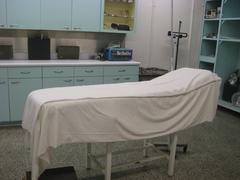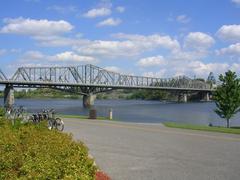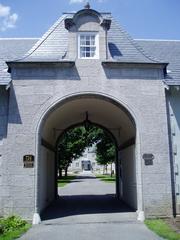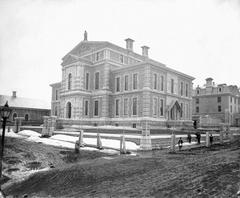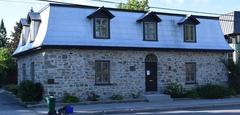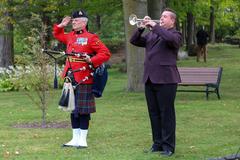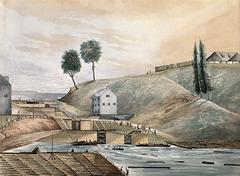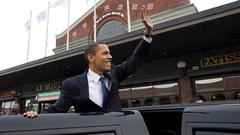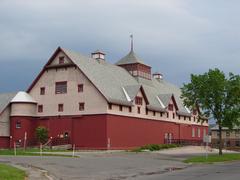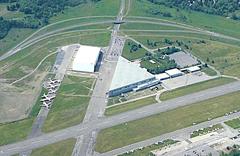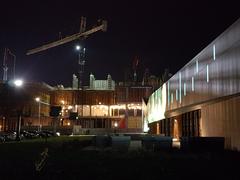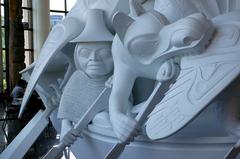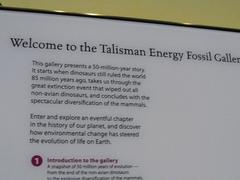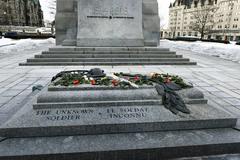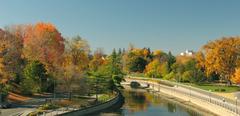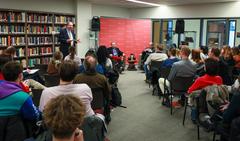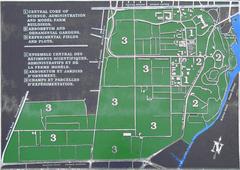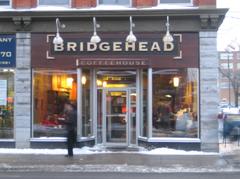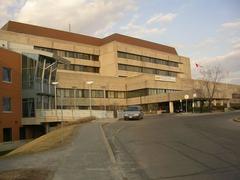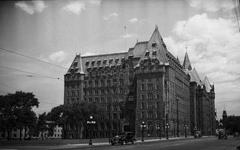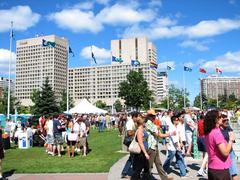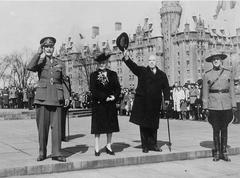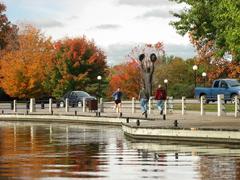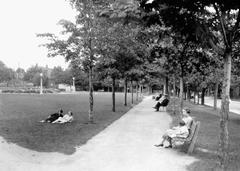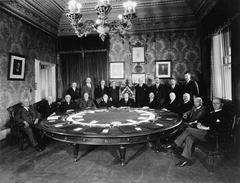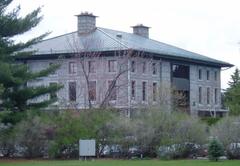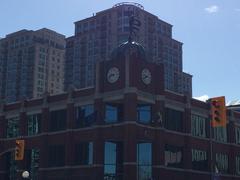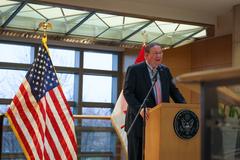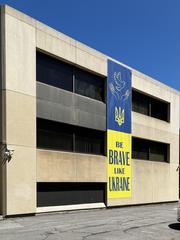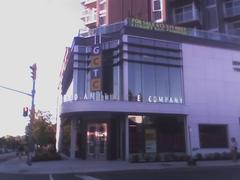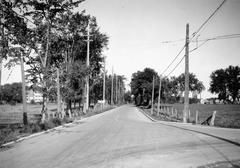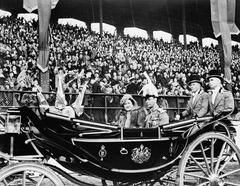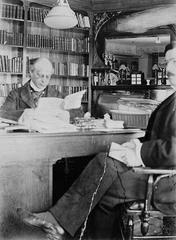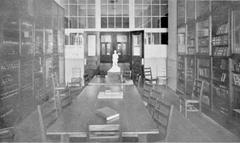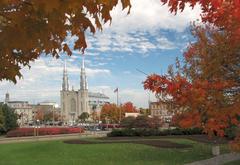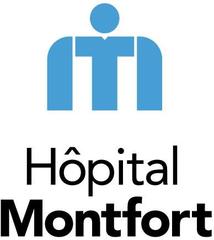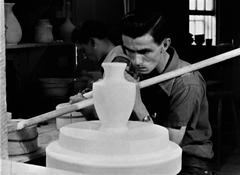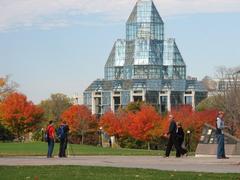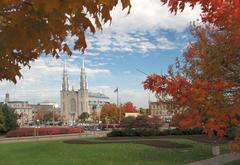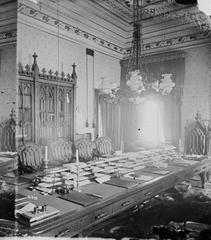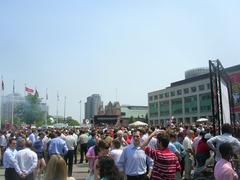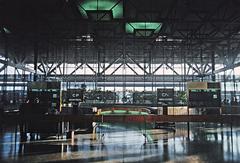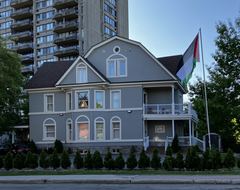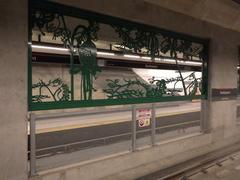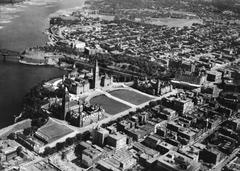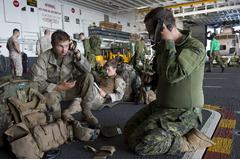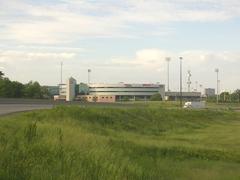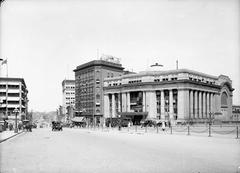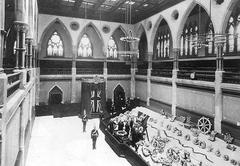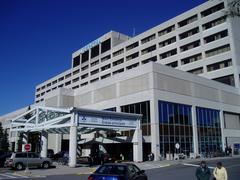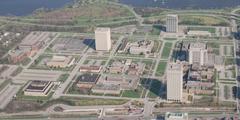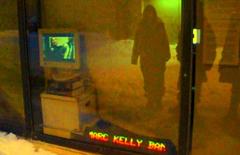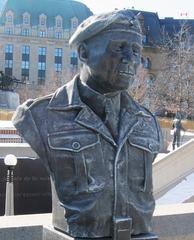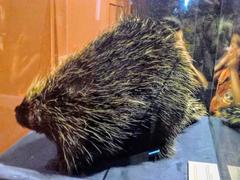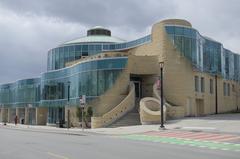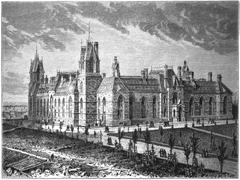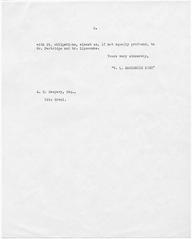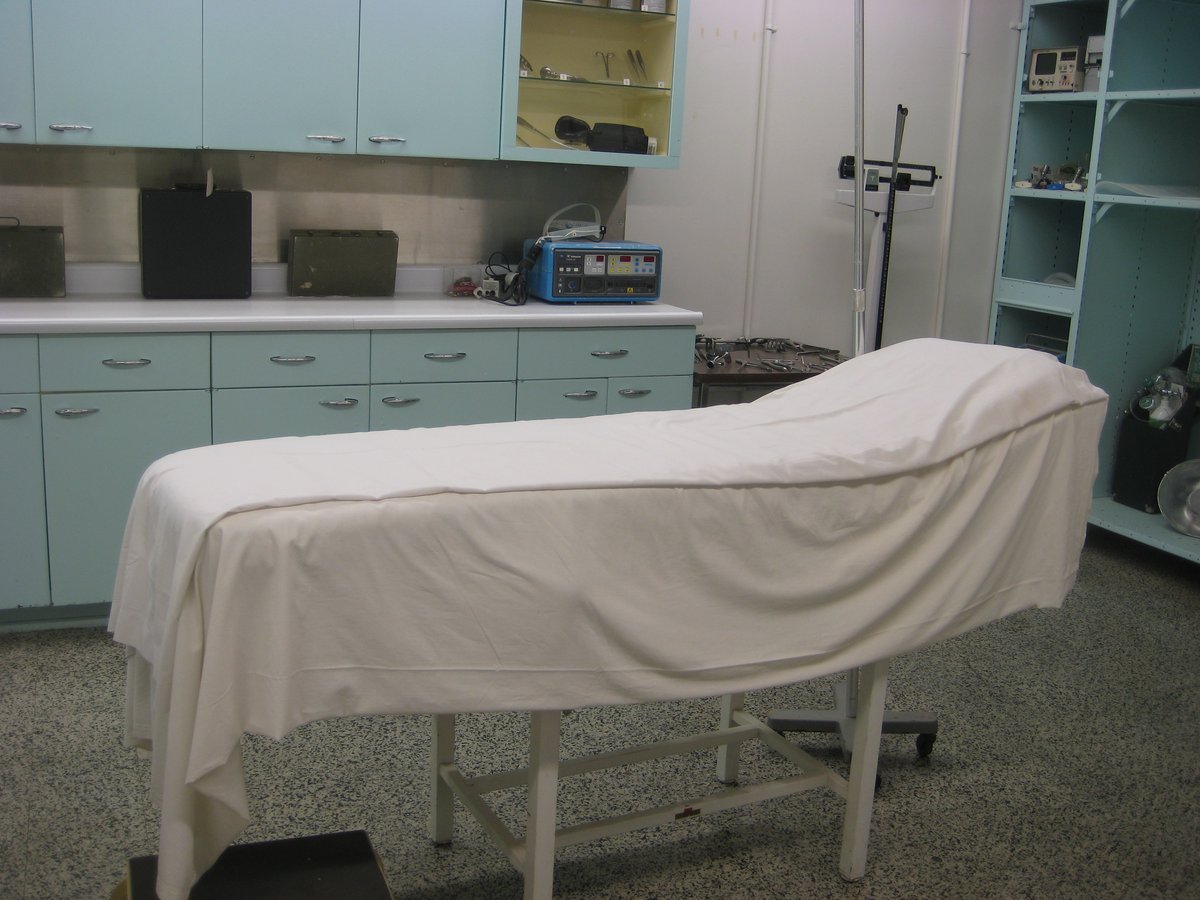
CFS Carp Diefenbunker Ottawa: Visiting Hours, Tickets, and Historical Significance
Date: 14/06/2025
Introduction
Situated 30 kilometers west of Ottawa in Carp, Ontario, the Diefenbunker—officially known as Canadian Forces Station Carp (CFS Carp)—is an unparalleled historical site that immerses visitors in Canada’s Cold War legacy. Constructed between 1959 and 1961 at the direction of Prime Minister John Diefenbaker, this vast underground complex was designed to shield government officials and ensure the continuity of governance in the event of nuclear conflict. Featuring 32,000 tons of concrete and 5,000 tons of steel across four subterranean levels, the Diefenbunker is both an engineering marvel and a symbol of national resilience (The Canadian Encyclopedia; Parks Canada).
Now operating as Canada’s Cold War Museum, the Diefenbunker invites visitors to explore its preserved command centers, decontamination chambers, and the Bank of Canada’s gold vault. Through engaging exhibits, guided and self-guided tours, and unique experiences like the world’s largest escape room, the museum offers deep insight into the political and military strategies of the Cold War era (Diefenbunker Museum; Curiocity). The site is recognized as a National Historic Site, underscoring its significance within Canada’s heritage.
This comprehensive guide provides an in-depth overview of the Diefenbunker’s history, architectural features, visiting information, and practical tips to ensure a memorable visit to this compelling Ottawa historical site.
Table of Contents
- Introduction
- Historical Background
- Visiting the Diefenbunker
- Nearby Attractions
- Frequently Asked Questions (FAQ)
- Conclusion
- Sources
Historical Background
Origins and Construction
The Diefenbunker was conceived at the height of Cold War tensions, following Prime Minister John Diefenbaker’s authorization of Project EASE—a national initiative to construct nuclear fallout shelters across Canada (The Canadian Encyclopedia). As the flagship facility, CFS Carp was secretly built near the village of Carp, using an accelerated critical path construction method. Completed in just 18 months, the bunker extends four levels underground, with a 9,300-square-metre footprint and robust concrete and steel reinforcements (Canada’s History; Mysteries of Canada).
Strategic Purpose and Design
Designed to serve as the Central Emergency Government Headquarters (CEGHQ), the Diefenbunker could withstand a five-megaton nuclear blast from 1.8 kilometers away. The facility supported up to 565 people for 30 days, equipped with independent HVAC, water, and power systems, medical facilities, a decontamination chamber, emergency broadcast studio, and a vault to safeguard the Bank of Canada’s gold reserves (RCSigs.ca).
Operational History
From 1961 to 1994, CFS Carp functioned as the heart of Canada’s emergency government strategy. It was a secure communications hub, networked with regional bunkers and transmitters, and integrated into NATO’s defense framework. Although never used for its intended purpose during a nuclear crisis, it maintained full operational readiness throughout the Cold War (Dave’s Cold War Canada).
Decommissioning and Preservation
With the Cold War’s conclusion, the Diefenbunker was decommissioned in 1994. Thanks to the efforts of local volunteers and officials, it was preserved and reopened as a museum in 1998, receiving National Historic Site status in recognition of its symbolic and historical value (The Canadian Encyclopedia).
Visiting the Diefenbunker
Hours and Admission
Location: 3929 Carp Road, Carp, Ontario, K0A 1L0
Parking: Free, ample parking on-site. No direct public transit; driving or rideshare is recommended (Diefenbunker official site; Ontario Away).
Standard Visiting Hours (as of June 2025—verify before visiting):
- Monday to Friday: 10:00 AM – 4:00 PM
- Saturday & Sunday: 10:00 AM – 3:00 PM
- Closed on certain holidays (Diefenbunker official site)
Admission Prices (approximate):
- Adults (18–64): $15
- Seniors (65+), Students, Youth (6–17): $10
- Children 5 and under: Free
- Family/group rates and National Trust member discounts available
- Guided tours and escape room experiences may require advance booking (National Trust Canada; Diefenbunker official site)
Accessibility and Visitor Tips
While most of the museum is wheelchair accessible, some original 1960s sections have stairs or narrow corridors. Elevators and ramps are available for key areas. Visitors with mobility concerns should contact the museum in advance to ensure a comfortable experience (National Trust Canada).
Visitor Tips:
- Dress in layers: temperatures underground remain cool year-round.
- Wear comfortable, closed-toe shoes.
- Bring your own headphones for the audio guide.
- Arrive early to avoid crowds, especially on weekends.
Tours and Special Experiences
Self-Guided Visits
- Utilize the free audio guide in 10 languages via your device or a borrowed media player (personal headphones recommended).
- Explore at your own pace, taking in the blast tunnel entrance, command centers, dormitories, communications center, medical bay, and more (Diefenbunker official site; Designboom).
Guided Tours
- Daily tours led by knowledgeable staff highlight the Prime Minister’s Suite, Emergency Government Situation Centre, CBC Emergency Broadcasting Studio, and Bank of Canada Vault.
- Group and school tours must be booked in advance (Dark Tourists).
Interactive Experiences
- Escape Room: The world’s largest escape room, set within the actual bunker, blends adventure with history. High demand—book early (Curiocity; Wikipedia).
- Children’s Programs: “Spy Camp” and scavenger hunts for young visitors during school breaks (Ontario Away).
- Seasonal Events: Cold War reenactments, Halloween nights, and historical lectures (Attractions Canada).
Facilities and Amenities
- Restrooms: Available on-site.
- Gift Shop: Cold War memorabilia, books, and the CFS Carp Crest (Diefenbunker blog).
- Food: No café; bring snacks or visit local Carp restaurants and breweries (World Traveller 73).
- Wi-Fi: Free throughout the museum for accessing digital content.
- Private Rentals: Unique spaces available for events and filming (Wikipedia).
Photography and Visuals
Photography is permitted in most areas; check with staff regarding restrictions. Notable spots include the blast doors, Prime Minister’s Suite, and period-furnished command centers for memorable Cold War-themed photos (Dark Tourists). Virtual tours and images are available on the official website.
Travel Tips
- Allocate 2–3 hours for your visit.
- The underground layout can be disorienting—grab a map at the entrance.
- Dress appropriately and wear good walking shoes.
- Book guided tours, escape rooms, and special events in advance.
- Plan food options ahead, as there is no on-site café.
- Family-friendly activities and interactive exhibits cater to all ages.
Nearby Attractions
While in Carp and the Ottawa area, consider visiting:
- Canadian War Museum
- Parliament Hill
- Rideau Canal
- Carp Farmers’ Market and Ottawa Valley breweries
These sites complement the Diefenbunker experience and offer broader insights into Canadian history (Ottawa Tourism).
Frequently Asked Questions (FAQ)
Q: What are the current Diefenbunker visiting hours?
A: Typically, Monday to Friday 10:00 AM – 4:00 PM, Saturday & Sunday 10:00 AM – 3:00 PM. Check the official website for updates.
Q: How much are tickets?
A: Adults ~$15, seniors/students/youth ~$10, children under 5 free. Group and family rates available.
Q: Are guided tours included?
A: Yes, but some may require advance booking.
Q: Is the Diefenbunker accessible?
A: Most areas are accessible; contact the museum for specific mobility needs.
Q: Can I take photos inside?
A: Yes, except in certain restricted areas.
Q: Is there food available?
A: No on-site café; bring snacks or visit local eateries.
Q: Are there activities for children?
A: Yes—interactive exhibits, scavenger hunts, and special programs.
Cultural and Ethical Considerations
The Diefenbunker is located on the traditional, unceded territory of the Anishinaabe Algonquin People. The museum acknowledges both the Cold War’s legacies and its impacts on Indigenous communities (Diefenbunker official site).
Conclusion
The Diefenbunker stands as a testament to Canada’s Cold War history and technological ingenuity. As a National Historic Site and museum, it offers visitors a rare, immersive journey underground—exploring themes of national security, engineering, and civil defense. With its engaging exhibits, accessible tours, and distinctive experiences like the escape room, the Diefenbunker is a must-visit Ottawa historical site for families, history enthusiasts, and travelers alike.
Before your visit, always check the official website for current hours, ticket availability, and event schedules. Consider complementing your trip with visits to other Ottawa landmarks, and download digital resources like the museum’s audio guide or the Audiala app for a richer experience.
Sources and Official Links
- The Canadian Encyclopedia
- Parks Canada
- Diefenbunker Museum
- Curiocity
- Diefenbunker Official Site
- Ontario Away
- Canada’s History
- Mysteries of Canada
- RCSigs.ca
- Dark Tourists
- Wikipedia
- Attractions Canada
- World Traveller 73
- Designboom
- National Trust Canada
- Diefenbunker blog
- Ottawa Tourism
